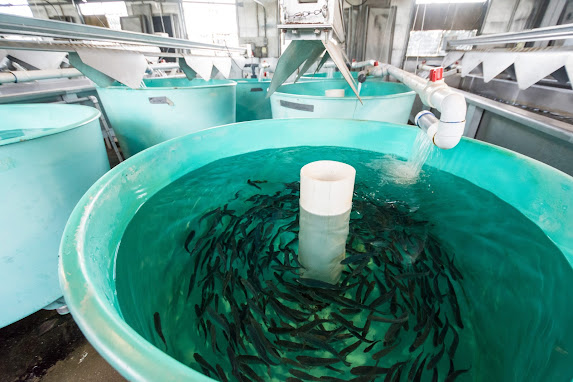Algae Blooms in Wisconsin Are a Wake-Up Call for Smarter Water Stewardship

Algae Blooms in Wisconsin Are a Wake-Up Call for Smarter Water Stewardship This summer, multiple beaches in Wisconsin have been closed due to toxic blue-green algae blooms. These outbreaks create dense, sometimes foul-smelling mats of algae that threaten public health, hurt local economies, and damage fragile ecosystems. But these blooms aren’t isolated incidents—they’re symptoms of a larger pattern. Driven by nutrient runoff from farms, lawns, and septic systems—then worsened by warming water temperatures and stagnant flow—these events are increasing in frequency and severity across the U.S. and beyond. Why This Affects All of Us Human and animal health: Cyanobacteria toxins can cause skin rashes, gastrointestinal illness, and even neurological symptoms in severe cases. Ecosystem disruption: When algae blooms die off, they deplete oxygen from the water, killing fish and aquatic plants. Community impact: Beach closures hurt local economies and burden municipalities with ...




